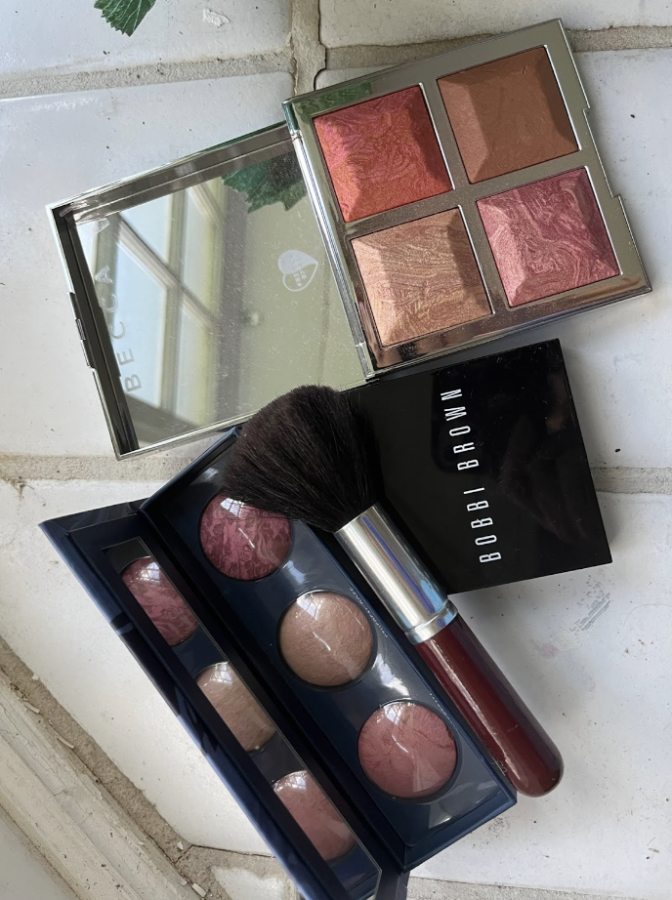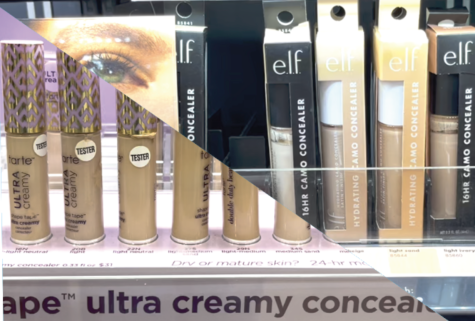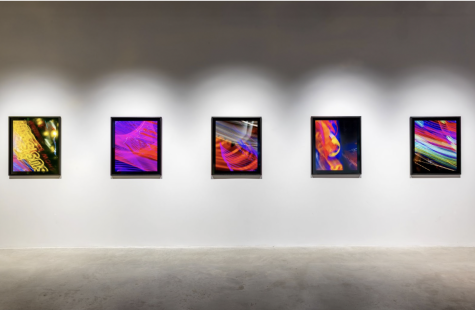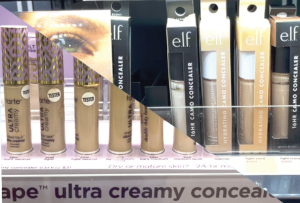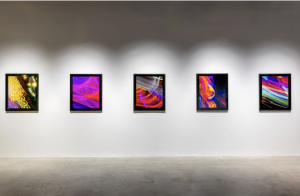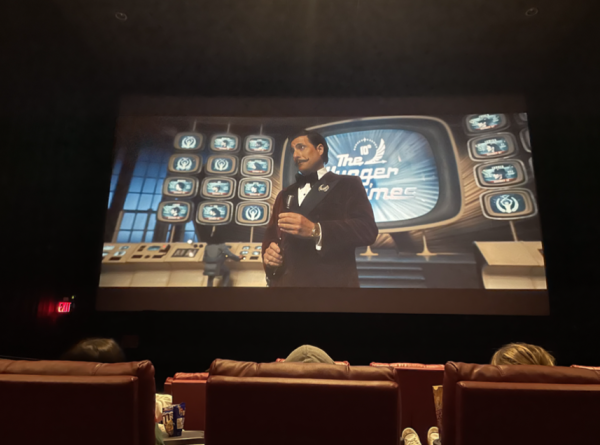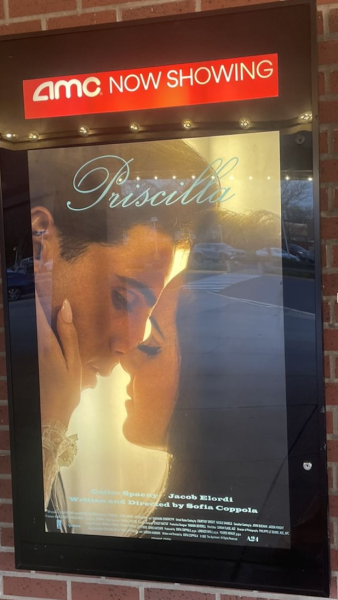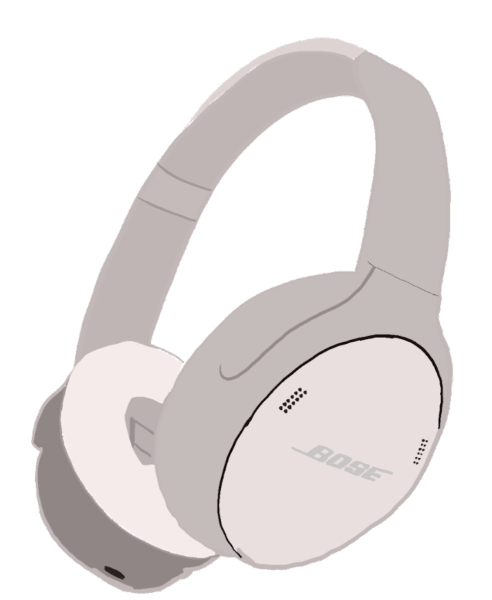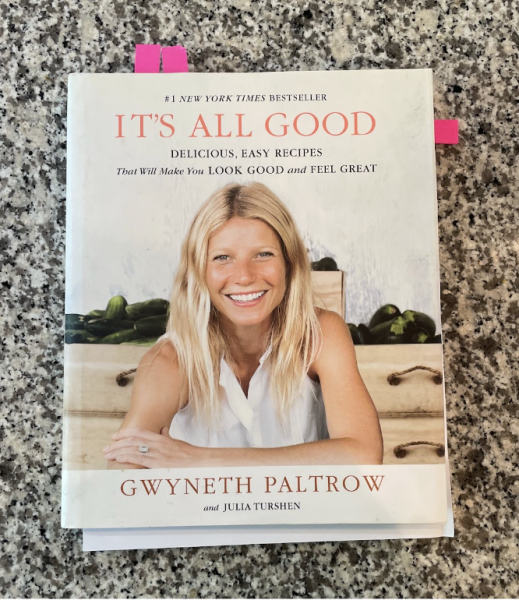Beauty beyond gender: makeup brands sell stereotypes
Most makeup advertisements target specifically women, feeding into societal gender stereotypes.
Ultra-thin, angular, arched brows. Dreadful, mismatched lip liner. Offensive blue eyeshadow. These are all trends the beauty world has decided for the better to leave in the past. Can we agree to leave the stereotypes of makeup and gender norms in the past as well?
With increasing efforts to appear inclusive, more and more makeup brands are coming out with “genderless makeup,” or new makeup brands are emerging entirely advertising themselves as “gender-fluid.” While these advancements in challenging cultural norms are appreciated, what categorizes unlabeled makeup as gendered in the first place? Makeup itself isn’t gendered. Rather, the gendering of makeup is a social construct created from harmful, dated stereotypes of beauty and femininity versus masculinity.
If these stereotypes ceased to exist, we wouldn’t need new brands and products that advertise themselves as gender inclusive. The problem rests in this societal conception that makeup is exclusive to a specific gender, which the makeup and beauty industry and their advertisements can be largely held at fault for.
Historically, makeup has been associated with women. As a result, the makeup industry targets this demographic through advertisements, to maximize the selling of products. However, this causes exclusive advertising that perpetuates the idea that there is a right and wrong way that men and women should look.
By now, I hope we have gotten past the stereotypes of “girl things” and “boy things,” like all girls like pink and play with dolls, and all boys like blue and are tough. The common notion that makeup and skincare is for girls, or that using it defines the sexuality of a man is just as outdated.
Makeup itself isn’t gendered. Rather, the gendering of makeup is a social construct created from harmful, dated stereotypes of beauty and femininity versus masculinity.
— Anna Kercher '25
In fact, makeup used to be used by Egyptian men to show their masculinity, a complete contradiction of the associations developed today with makeup and femininity. In the end, makeup is just pigment and shouldn’t have any associations at all, whether this be masculine or feminine.
However, the makeup industries profit from selling these stereotypes and consequently direct their product names, packaging, and marketing strategies toward women.
Not only does the exclusivity of makeup put pressures on the ideas of women and men, it also sabotages normalization of the full gender spectrum. While females are socially encouraged to wear makeup, males are judged for it, and non-binary, transgender and other individuals who don’t identify with traditional gender norms are largely disregarded. The way that makeup is advertised is drilling into society the harmful gender stereotypes that are conformist and non inclusive.
Although these ideas are already so ingrained, there needs to be a call for more representation in the beauty industry, and less push of advertising toward gender norms. This includes all makeup brands, not just the ones who start as gender neutral.
Makeup is simply a tool for expression, a way to enhance features and help make people feel good about themselves. These feelings don’t have labels or gender connotations and neither should makeup.

Paper Features Editor Anna Kercher ‘25 initially joined Inklings to pursue her love of writing and follow in her older sister’s footsteps. She’s...












































